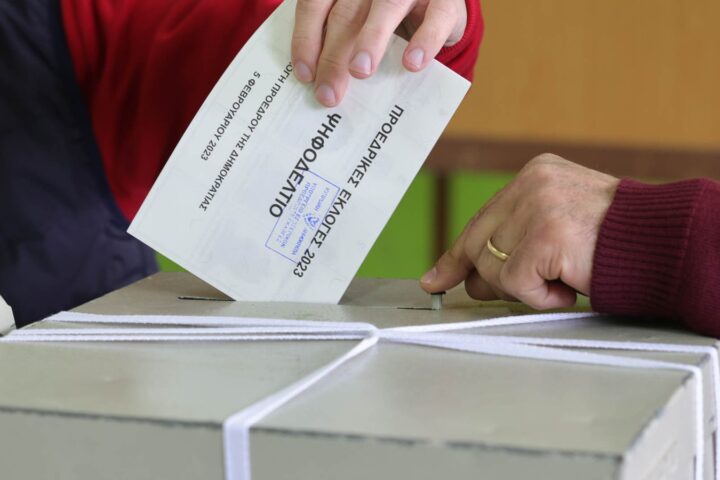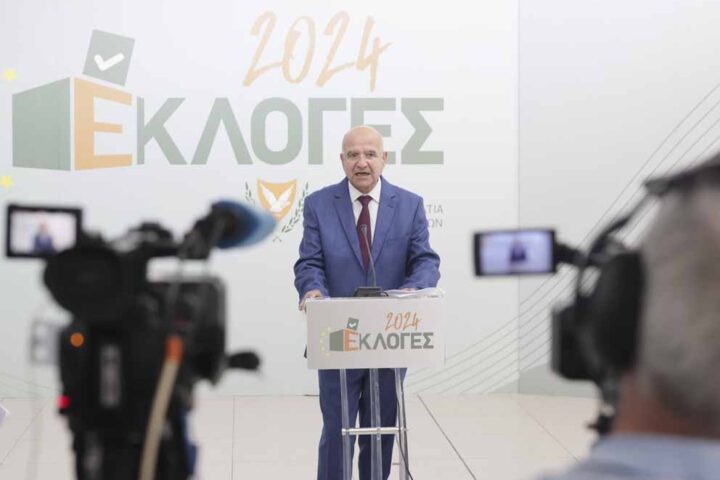The U.S. Federal Reserve is expected to lower interest rates closer to zero on Tuesday and point toward emergency tools it could deploy to end a year-long recession, with room to cut borrowing costs running out.
Economists expect the central bank to lower its target for benchmark overnight rates by at least a half-percentage point, to 0.5 percent, and clearly state it will aggressively use unconventional measures to restore growth.
"This meeting will be an important step toward a new policy regime in which the emphasis shifts from the federal funds rate to … balance sheet actions," said former Fed Governor Laurence Meyer.
The rate decision and accompanying policy statement are expected around 2:15 p.m. EST (1915 GMT).
Futures markets are setting a two-thirds possibility of a 75 basis point cut to 0.25 percent.
On the currency markets, the euro eased against the dollar, while the yen gained broadly as investors anticipated the Fed would cut rates to near zero.
BTM-UFJ currency economist Lee Hardman said any sign that the Fed was moving towards a quantitative easing approach by buying up government debt "could sour dollar sentiment in the near term".
Recent data has hardened views the U.S. recession is deepening, backing a case for aggressive and non-traditional actions by the central bank's policy-setting Federal Open Market Committee.
Some economists see fourth-quarter U.S. output shrinking at a 6 percent annual pace or more.
U.S. stock index futures pointed to a mixed open on Wall Street, ahead of the Fed decision and quarterly results from embattled Goldman Sachs.
UNCONVENTIONAL STEPS
Unconventional measures could include quantitative easing, which recalls the emergency steps taken by Japan to expand the supply and circulation of money to end a decade of stagnation and deflation in the 1990s after it was forced to lower rates to zero.
Fed Chairman Ben Bernanke previewed possible unconventional steps the U.S. central bank could take earlier this month.
He said the Fed could directly intervene in markets to lower borrowing costs and stimulate the economy by purchasing large quantities of U.S. government bonds or by buying private sector debt that investors have shunned.
"Our nation's economic policy must vigorously address the substantial risks to financial stability and economic growth," Bernanke said.
With yields on U.S. Treasury debt already very low, economists say the Fed may get better results by aiming at mortgage-backed securities. Increasing demand for these bonds should help to reduce mortgage rates, spurring demand for homes and hopefully halting the slide in housing prices.
The housing market collapse has led to the worst financial crisis since the Great Depression and tipped the U.S. economy into a recession last December. The downturn is already the longest since the 1980s and economists hold out little hope an expansion can take root before mid-2009.
The Fed has already reduced the overnight federal funds rate by 4.25 percentage points, to 1 percent, since September 2007.
It also has engaged in a degree of quantitative easing by pumping more than $1 trillion into financial markets, inflating the money supply and almost doubling the size of its balance sheet over the past year.
The rapid increase in the supply of money in normal times might stoke fears of inflation. But that seems a distant problem at a time when banks are reluctant to lend.
In fact, some economists predict the United States could suffer a deflationary period of its own in 2009, as tumbling oil and commodity prices, alongside increasing slack in the economy, deliver a sustained fall in general prices.







